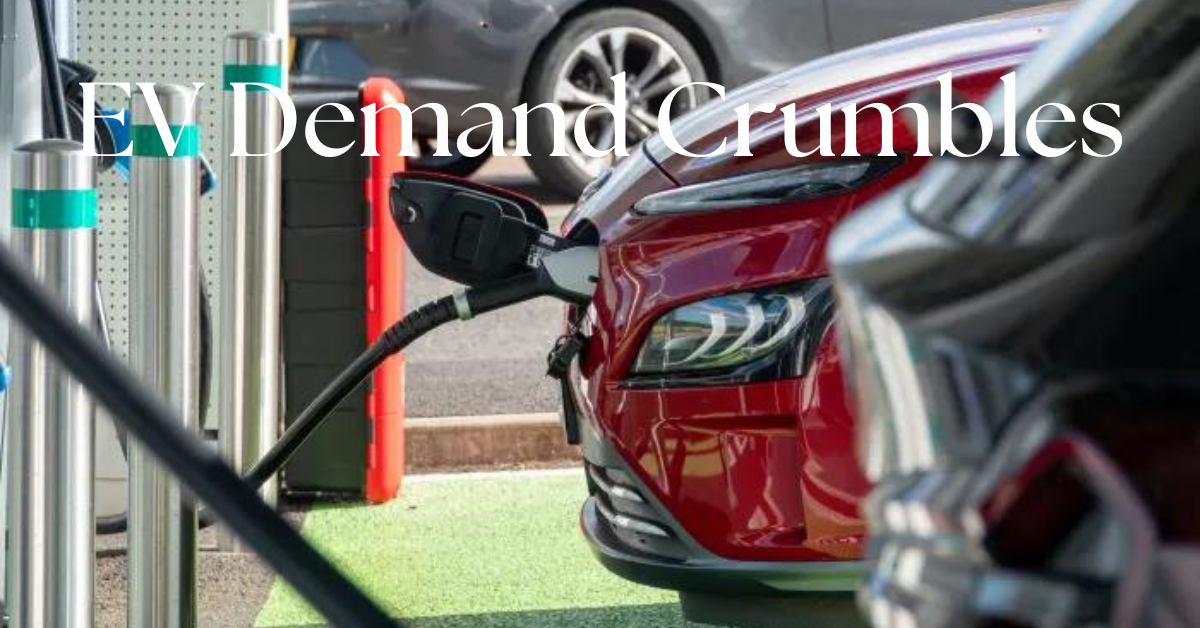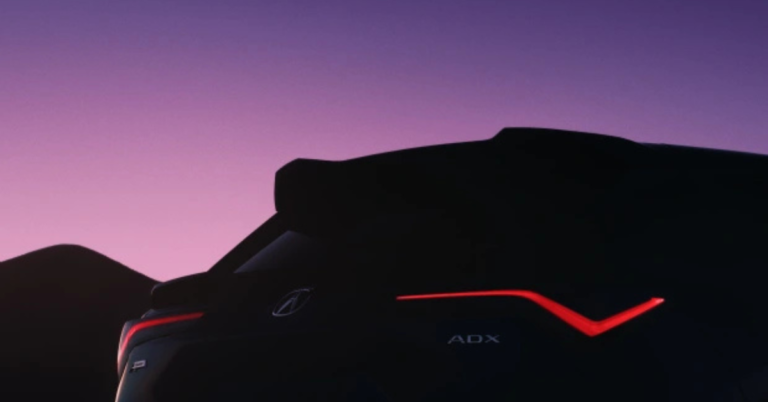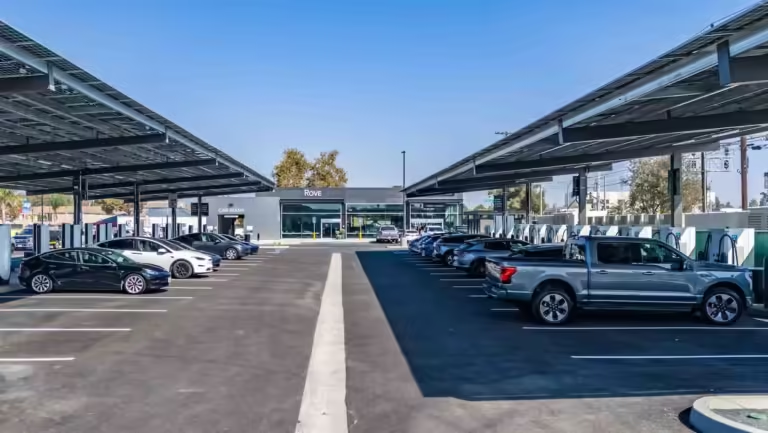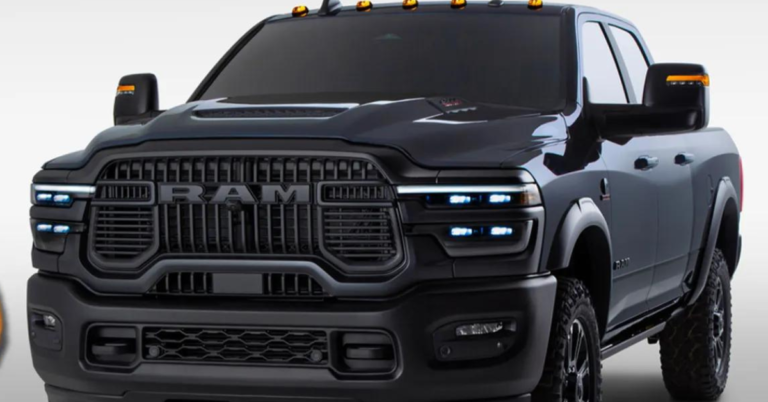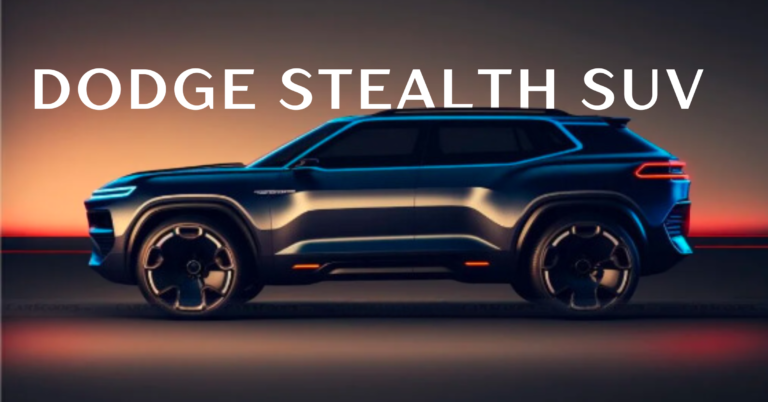The electric vehicle (EV) market, which has seen rapid growth in recent years, now faces a surprising setback. A new report from the Alliance for Automotive Innovation reveals that fully electric vehicles have lost market share for the first time in years. While EVs have been the poster child for the future of transportation, more consumers are now gravitating toward traditional hybrids and plug-in hybrid electric vehicles (PHEVs).
Electric Vehicle Market Share Decline in 2024
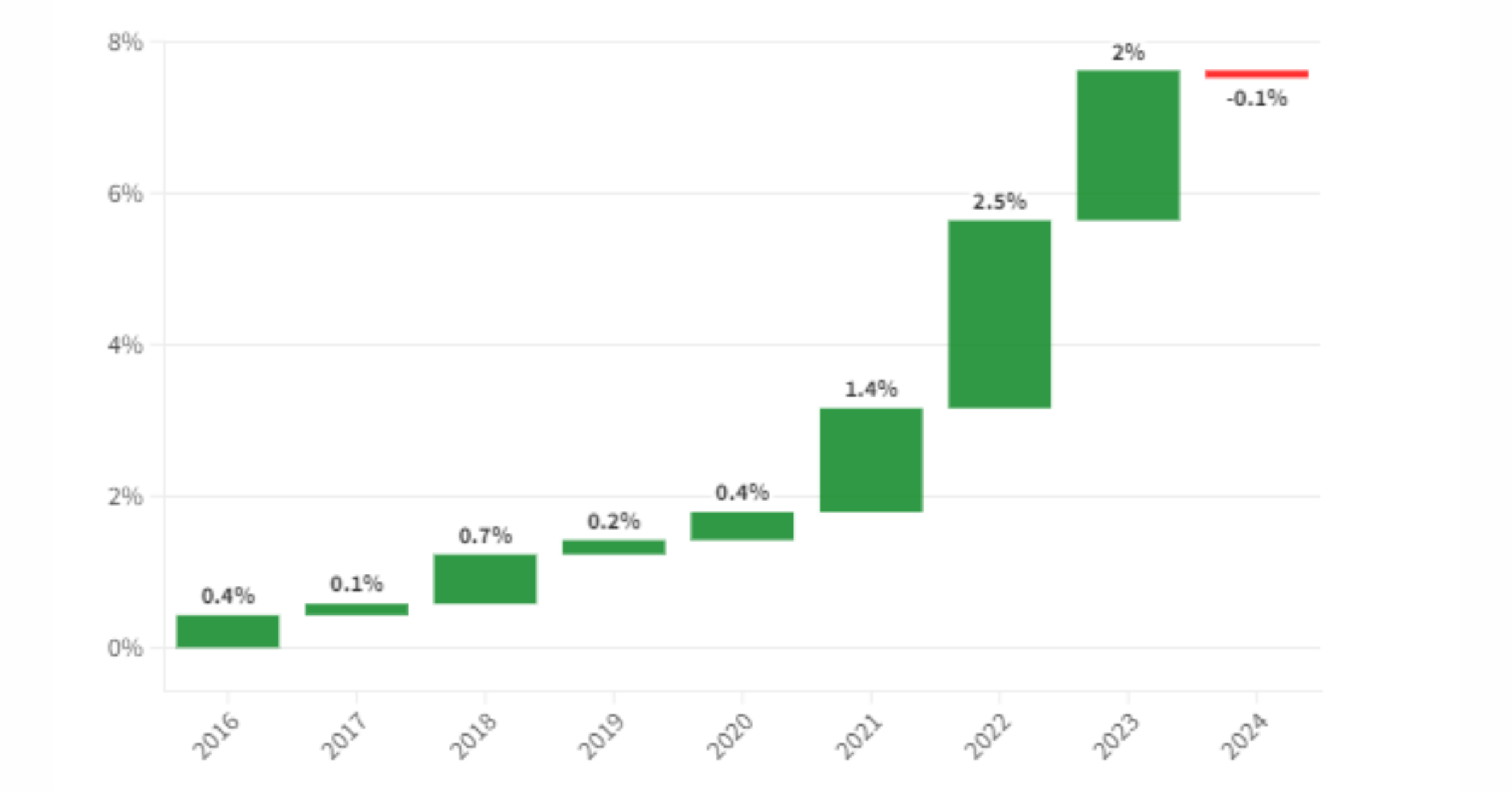
Automakers riding the wave of EV popularity may be in for a rough landing. According to the Alliance for Automotive Innovation, the market share of fully electric vehicles retracted in 2024, marking the first year since data collection began that EVs have lost ground. Although the year isn’t over, the report indicates a shifting trend that could have long-term implications for the industry.
Interestingly, this decline doesn’t imply that buyers are returning to traditional gas or diesel-powered vehicles. In fact, internal combustion engine (ICE) vehicles experienced the largest market share loss, dropping by 2.3% in 2024. Instead, consumers seem to be striking a balance by turning to PHEVs and traditional hybrids, which offer a middle ground between fully electric and gas-powered cars.
Shift in Consumer Interests: From EVs to Hybrids
Over the past decade, EVs have rapidly gained market share. Back in 2016, EVs accounted for less than 1% of all vehicle sales. By the end of 2023, that number had surged to nearly 8%. However, in 2024, a 0.1% decline was recorded. While this drop might appear minor, it could signal a significant shift in consumer preferences.
At the same time that EVs saw a slight decline, hybrids and PHEVs continued to grow in popularity. Traditional hybrids gained 2.2% in market share, while PHEVs saw an increase of 0.3%. This trend suggests that consumers are favoring vehicles offering both electric driving and the reliability of a gas engine.
For manufacturers, this shift holds significant meaning as they expand their fleets of alternatively-powered vehicles. Take Nissan, for example. Despite its offerings of fully electric models like the Leaf and Ariya, the brand lacks any hybrid options in the U.S. market. Analysts suggest this void contributes to Nissan’s current financial struggles.
State-by-State EV Adoption: A Mixed Picture
While the overall market for electric vehicles appears to be cooling, EV adoption varies significantly from state to state. In California, EVs made up more than a quarter of all new car sales in 2024, showcasing the state’s strong commitment to green transportation. On the other hand, states like North Dakota, Mississippi, and Louisiana show much lower adoption rates, with EVs making up less than 2% of the market.
California continues to lead not only in sales but also in policy. The state introduced the Zero-Emission Vehicle (ZEV) program, which aims to ensure that all new vehicles sold in California reach 100% zero-emission or clean plug-in hybrid status by the 2035 model year. So far, 15 states have adopted this program, and it’s making a noticeable impact. On average, states with the ZEV program show more than double the market share for EVs compared to states that have not adopted it. This widening gap underscores the influence of local policies on consumer choices.
Why the Shift Back to Hybrids?
The preference for hybrids and PHEVs over fully electric vehicles could stem from several factors. One is the range anxiety and charging infrastructure limitations associated with EVs, especially in regions where charging stations are scarce. Hybrids and PHEVs offer the flexibility of using both electric power and gasoline, making them more appealing to those not yet ready to fully commit to an EV lifestyle. Additionally, the cost of entry for hybrids and PHEVs is often lower than that of many EVs, broadening their appeal.
Final Thoughts: A Mixed Future for Electric Vehicles
Predicting trends in the automotive industry is never straightforward. Twenty years ago, many thought we’d be flying around in hydrogen-powered personal vehicles, but that future has yet to materialize. What remains clear is that alternatively-powered vehicles, including hybrids, PHEVs, and EVs, are here to stay.
However, the idea of an all-electric future might not be as close as once thought. While EVs remain a significant part of the automotive landscape, the recent shift in consumer behavior indicates a growing interest in diverse options beyond traditional gas and diesel cars. This shift suggests that hybrids and PHEVs will continue to play a crucial role as the market evolves.
FAQs
Why are EVs losing market share?
EVs lost market share in 2024 due to consumer interest shifting toward hybrids and PHEVs, which offer a middle ground between electric and traditional vehicles.
Did internal combustion engine (ICE) vehicles gain market share in 2024?
No, ICE vehicles experienced the largest market share drop, declining by 2.3%.
Which states lead in EV adoption?
California leads, with EVs making up over a quarter of new car sales in 2024. Other states vary significantly, with some having less than 2% EV market share.
What is the Zero-Emission Vehicle (ZEV) program?
It’s a California-led initiative requiring all new vehicles to achieve 100% zero-emission or plug-in hybrid-electric status by the 2035 model year. So far, 15 states have adopted this program.
Why are consumers turning to hybrids and PHEVs?
Hybrids and PHEVs provide a balance between electric driving and the reliability of gas engines. They offer flexibility and often come at a lower cost than many fully electric vehicles.


